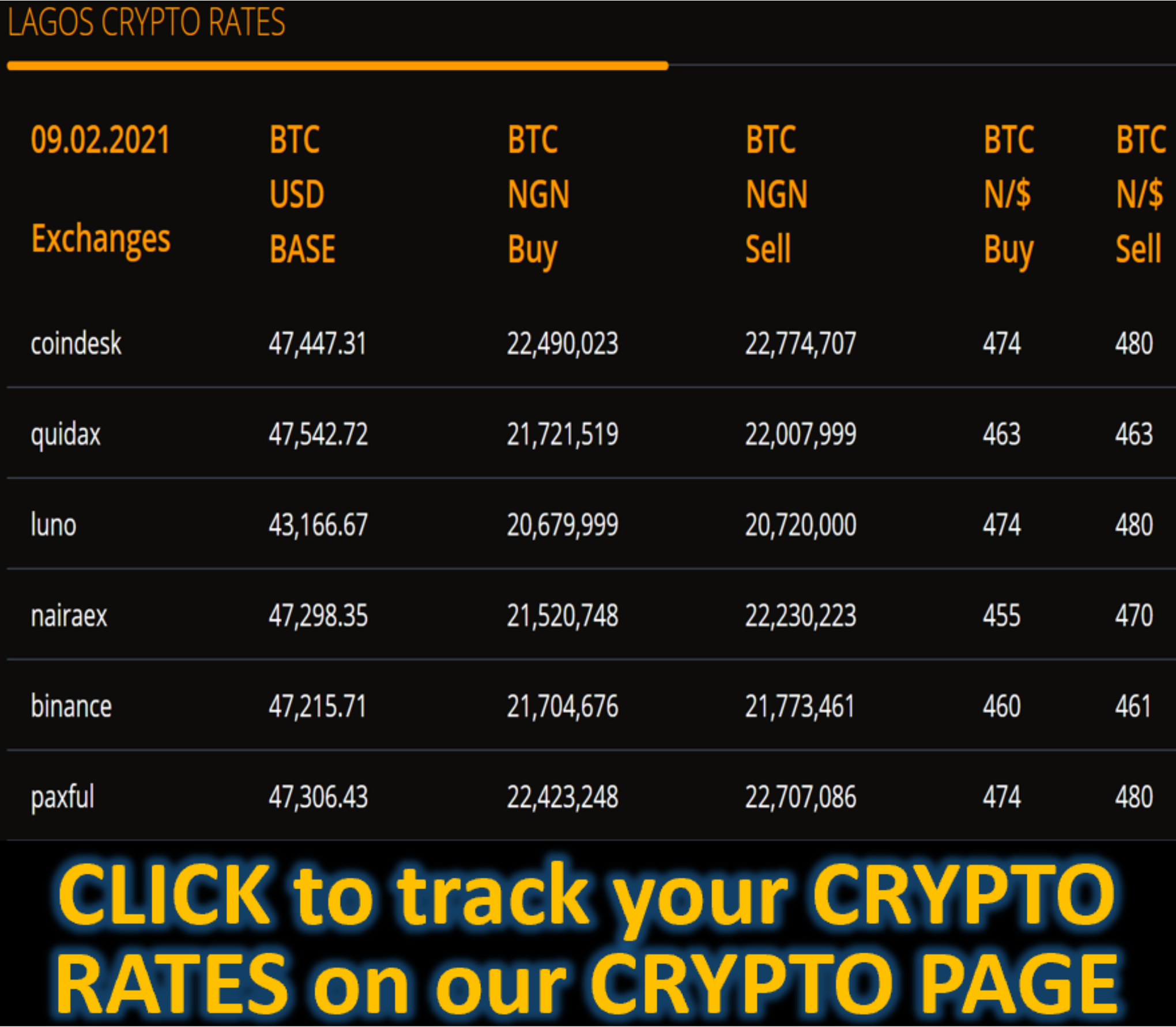Market News
December interest rate cut eyed by traders as inflation holds - YAHOO FINANCE
Traders are increasingly betting on a potential interest rate cut by the Bank of England (BoE) in December, according to the latest market data. While most investors expect the BoE to keep rates unchanged at 4% when the Monetary Policy Committee (MPC) meets in November, expectations have shifted toward a 0.25% reduction by the end of the year.
The rate-setting committee's final meeting of 2025, scheduled for 18 December, is now the focal point for traders forecasting a modest rate cut, with rates potentially dipping to 3.75%. This shift follows recent economic data and growing speculation that the Bank may seek to adjust its approach to inflation.
UK inflation remained unchanged at a lower-than-expected 3.8% in September. The figure from the Office for National Statistics (ONS) was below the 4% forecast by both the BoE and economists polled by Reuters and marked no change from the 3.8% readings in August and July.
Sanjay Raja, chief UK economist at Deutsche Bank, said: “The odds of a Q4 2025 rate cut have risen on the back of today’s data. With chancellor Reeves laying the groundwork for lowering the cost of living in the upcoming budget, we continue to think that a December rate cut is very much in play.”
A key factor fuelling expectations of a rate cut is the recent cooling of inflation, particularly in food prices.
Suren Thiru, economics director at the Institute of Chartered Accountants, said: “The unexpectedly restrained reading suggests that inflation has now peaked.” However, Thiru cautioned against immediate rate cuts, warning that the BoE is likely to wait for further clarity on the inflationary impact of any measures announced in the upcoming budget.
According to the ONS data, the annual inflation rate for food and non-alcoholic drinks dropped to 4.5% in September, down from 5.1% in August. This marks the first slowdown in food price inflation since March.
Rob Wood, chief UK economist at Pantheon Macroeconomics, also pointed to a broad-based slowdown in inflation. “September was likely the peak in this inflation hump, and it came in 20 basis points weaker than the MPC and we expected,” Wood said.
While acknowledging that inflation is still nearly double the BoE's 2% target, he added that the latest data was encouraging for the dovish members of the MPC. “A rate cut by December looks likely now,” he said. “We still think the MPC will skip November, but the December meeting looks increasingly in play.”
Despite the shift toward December, some economists remain cautious. Among them was Monica George Michail, associate economist at NIESR, who said: “We expect inflation to remain above 3% through the first quarter of 2026 before gradually falling towards the 2% target. We think the Bank of England will remain cautious and pause interest rate cuts at least until February to avoid stirring up inflationary pressures again.”
Matthew Ryan, head of market strategy at Ebury, also highlighted the dilemma faced by the MPC. “The cooling in Britain’s jobs market is screaming out for further reductions in the base rate, but high inflation warrants a need for caution,” he said.
Ryan noted that while today’s data was positive, the MPC will probably need more evidence that inflation has truly peaked before acting on rate cuts.
At the same time, consultancy Capital Economics has adjusted its forecasts, bringing forward its expectation for a rate cut from March to February. Martin Beck of WPI Strategy, meanwhile, suggested that while a November move is now off the table, the BoE might act sooner than the market expects.
“Markets may be overestimating how long the Bank will wait,” Beck said, anticipating that inflation will continue to fall towards the 2% target as the effects of earlier price increases fade.
The upcoming autumn budget will play a crucial role in shaping the BoE’s next move. Analysts at ING argue that the central bank will be waiting for signs of fiscal restraint, particularly tax hikes, before committing to any interest rate cuts.
“The Bank will want confirmation that there will indeed be a material fiscal tightening in 2026, led by tax hikes,” ING said. “And that those tax hikes don’t push up on headline inflation in 2026, in the same way some of last year’s increases did in recent months.”
However, ING said one hurdle to lowering interest rates appeared to have been cleared, with food price inflation showing signs of falling.
“What really stands out from the latest UK price data is the big drop in food inflation. Food has become a key preoccupation of officials as inflation has slowly built through this year,” ING said.
“But food prices actually dropped in September, helping the annual rate move below 5% It’s now running half a percentage point below the Bank’s August forecasts.”
Food prices, however, may offer a more straightforward path for the BoE. ING pointed out that the significant drop in food price inflation in September could clear a substantial hurdle for the Bank.
“Food has become a key preoccupation of officials as inflation has slowly built through this year,” the analysts noted. “But food prices actually dropped in September, helping the annual rate move below 5%. It’s now running half a percentage point below the Bank’s August forecasts.”
While some traders are pricing in a rate cut in December, the overall market sentiment has shifted toward more substantial easing next year. Interest rate futures now reflect 64 basis points of cuts by the end of 2026, up from the 57 basis points priced in before the latest inflation data was released.









